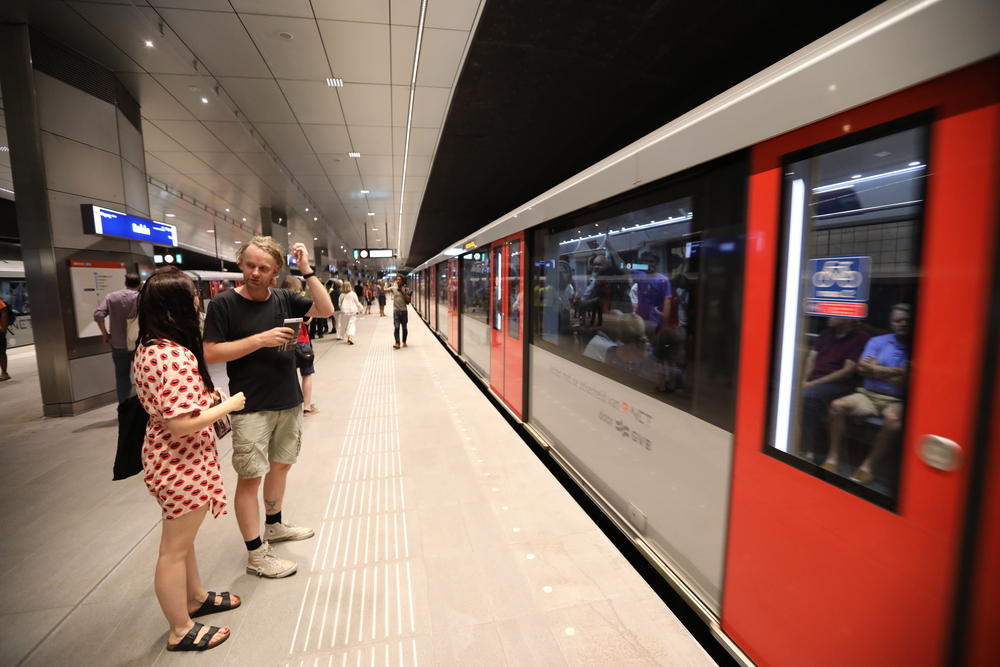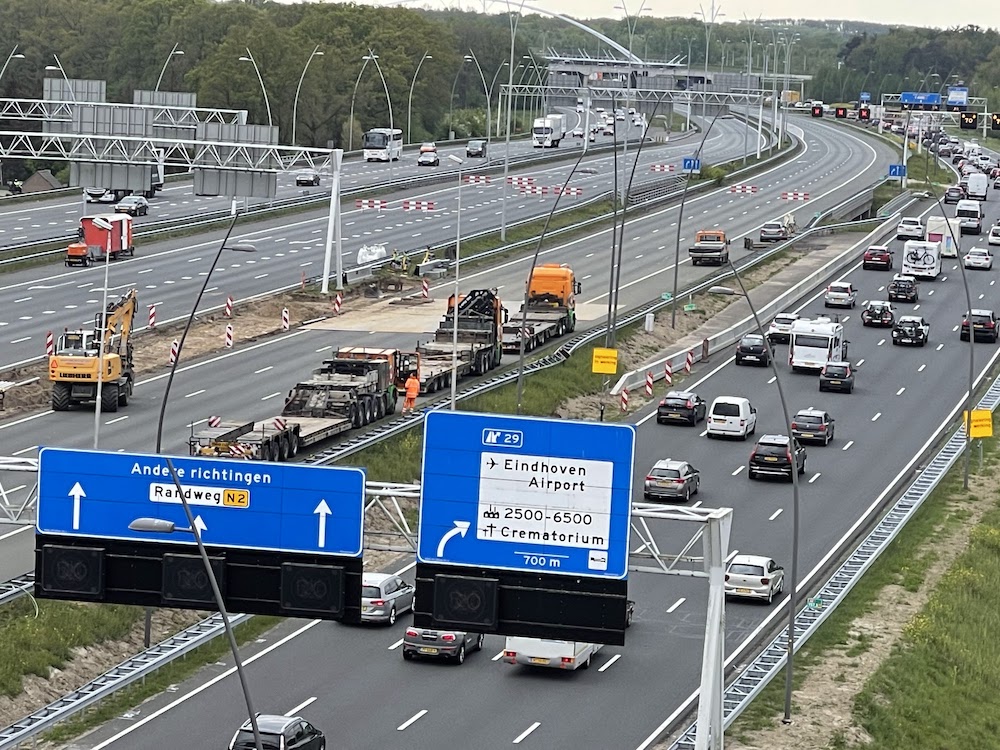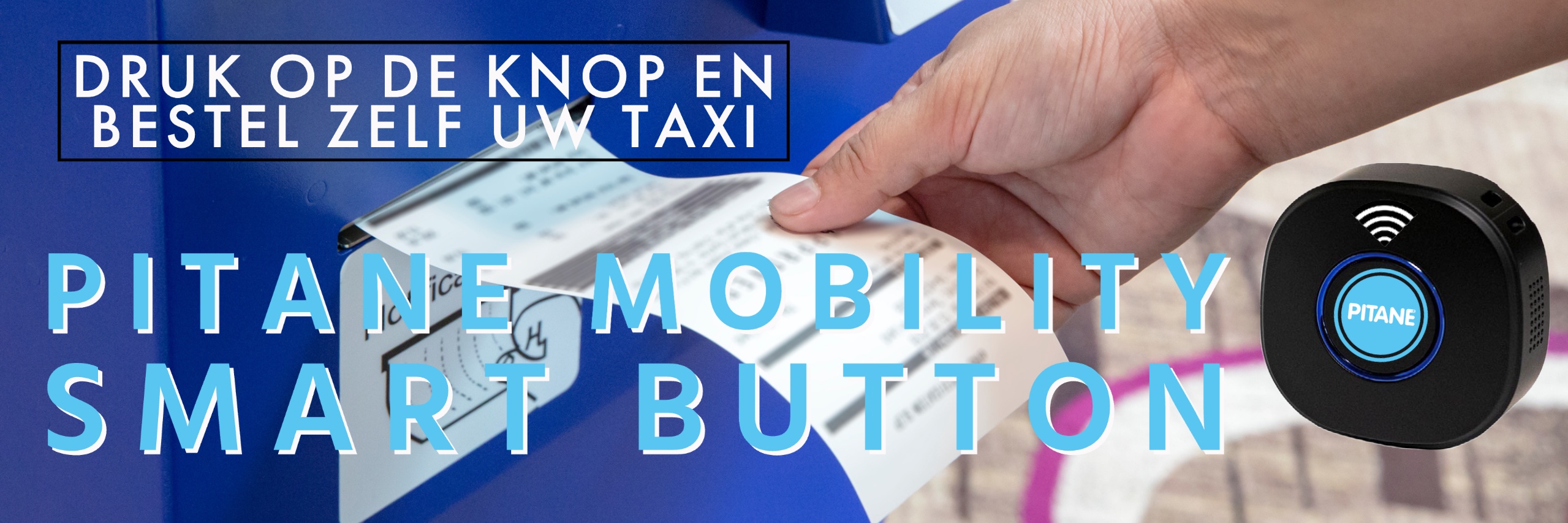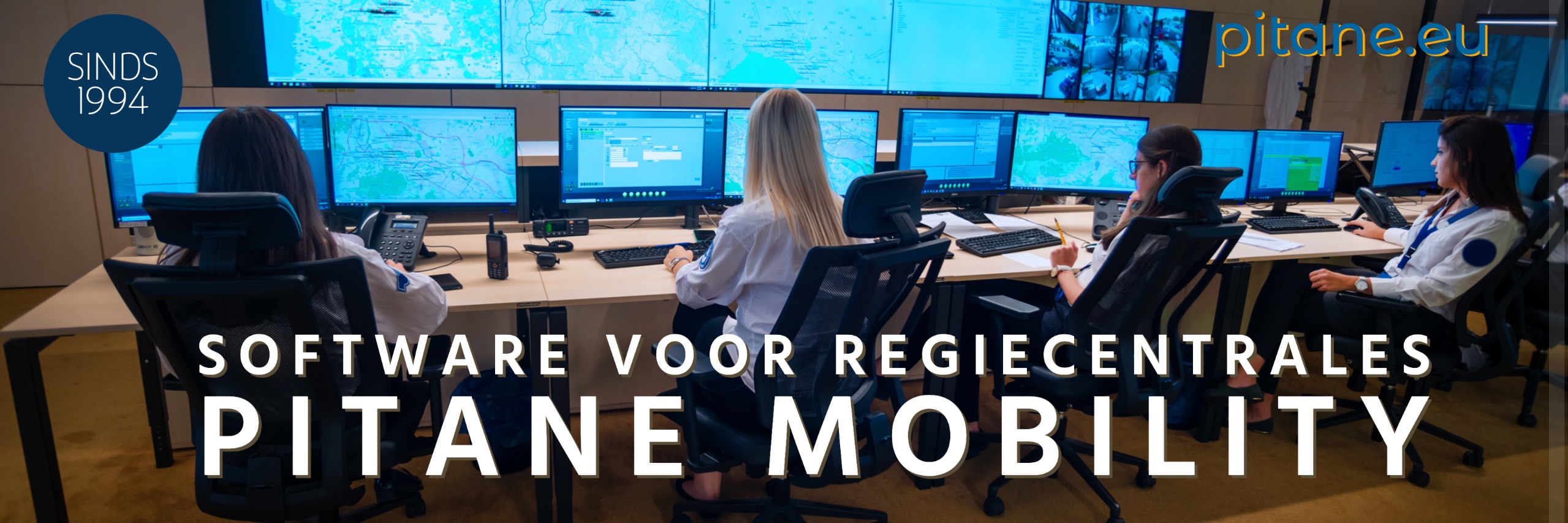During Mark Rutte's term of office as Prime Minister, various VVD ministers have left their mark on the mobility sector under his leadership.
Over the past 13 years, the VVD under the leadership of Prime Minister Mark Rutte has had a significant impact on mobility in the Netherlands. While the assessment of this influence is subject to personal political convictions, its impact is tangible. We went to investigate for an overview of what the VVD ministers have achieved during this period. During Mark Rutte's term of office as Prime Minister, various ministers have left their mark on the mobility sector under his leadership.
infrastructure
Since Rutte took office in 2010, a lot has been invested in the Dutch infrastructure. Melanie Henriëtte Maas Geesteranus, known during her political career under her married name Melanie Schultz van Haegen (Minister of Infrastructure and the Environment, 2010-2017) has had a significant impact on infrastructure development in the Netherlands in the Rutte I and II cabinets. Under her leadership, the construction of the A4 between Delft and Schiedam has been completed and considerable investments have been made in widening the motorways around Amsterdam and Utrecht.
An important project was a long-awaited solution that reduced the pressure on the A13. The widening of the A1, A6, A9 and A10 around Amsterdam made the capital more accessible. The infrastructure around Utrecht, another important traffic artery, has also been addressed with the widening of the A27 and A1. Her focus was on reducing traffic jams and improving accessibility.
public transport
Cora van Nieuwenhuizen (Minister of Infrastructure and Water Management, 2017-2021) continued the work of her predecessor during Rutte III and, together with Barbara Visser, contributed to the further expansion and improvement of public transport, which also experienced significant growth during that time made. The North/South line in Amsterdam, which opened in 2018, is a good example of this.

Major infrastructure projects such as the North/South Line in Amsterdam and the High Speed Line South have experienced significant budget overruns.
Despite the many setbacks during construction, this metro line now plays a crucial role in mobility in the capital. In addition, investments have been made in improving train connections. After a difficult start under the Rutte administration, the High Speed Line (HSL) has played a key role in the connection between Amsterdam and Brussels.
There was also criticism of these major infrastructure projects. Both the North/South line in Amsterdam and the High-Speed Line South experienced significant budget overruns. These projects were complex and difficult to implement, resulting in significant financial strain. The construction of large infrastructure projects was often accompanied by significant delays. Technical problems, such as those with the Fyra trains on the South High Speed Line, led to criticism and doubts about the management and planning of these projects.
sustainability
Stientje van Veldhoven (State Secretary for Infrastructure and Water Management, 2017-2021) has committed to sustainability within transport. She was a strong supporter of the incentives for electric driving and played an important role in the further roll-out of the associated infrastructure. In line with global concerns about climate change, the VVD has also focused on sustainability.
Incentive measures have been taken for electric driving, such as tax breaks for electric cars. The charging infrastructure for electric vehicles has also been significantly improved and expanded. There is still considerable concern about the environmental and climate impact of mobility solutions. Although the government has made efforts to promote electric driving, there are concerns that these measures are not moving fast enough to meet the targets of the Paris climate agreement.

The work of the ministers reflected the general policies of the VVD and of the governments of which they belonged.
For the current Minister of Transport, Public Works and Water Management Mark Harbers (VVD), the car must continue to be given space in all parts of the country, despite all other possible forms of transport. According to Harbers and his officials, the nine million passenger cars driving around in the Netherlands account for about 70 percent of all kilometers traveled. They also account for 43% of all trips. Minister Mark Harbers has announced his Automotive Development Agenda. Remarkable: he calls for the car to be given space, in all parts of the Netherlands.
criticism
While these developments are important steps in improving mobility, there are also criticisms. Despite the expansion of roads, congestion remains high. There is also criticism of the fact that the VVD focuses too much on the car and too little on other forms of transport, such as bicycles and public transport. Stimulating electric driving has also led to discussions. While driving electric is better for the environment, it is also a fact that electric cars are generally more expensive, leading to an uneven distribution between those who can and cannot take advantage of the benefits.
There is criticism that the incentives for electric driving mainly benefit people who can afford an electric car, which contributes to social inequality. There is also discussion about the focus on car infrastructure compared to public transport and cycling infrastructure.
politicians
It will be up to voters this fall to determine which party and which policy best aligns with their mobility priorities. After the elections, the result will probably be a coalition that will have to find a compromise between the different points of view. In the past, the VVD has focused on infrastructure development and stimulation of innovative and sustainable transport methods, such as electric vehicles.
GroenLinks puts more emphasis on environmentally friendly transport options and calls for investments in public transport, cycling infrastructure, and for reducing dependence on cars. D66 has a balance between sustainability and growth. The party advocates investments in both public transport and roads, but also places a strong emphasis on the transition to electric and hydrogen vehicles.
The PvdA advocates a fair distribution of mobility opportunities, with a strong emphasis on public transport and affordable mobility solutions for everyone. The CDA has a balanced position, with a focus on both road construction and investments in public transport and sustainability.



